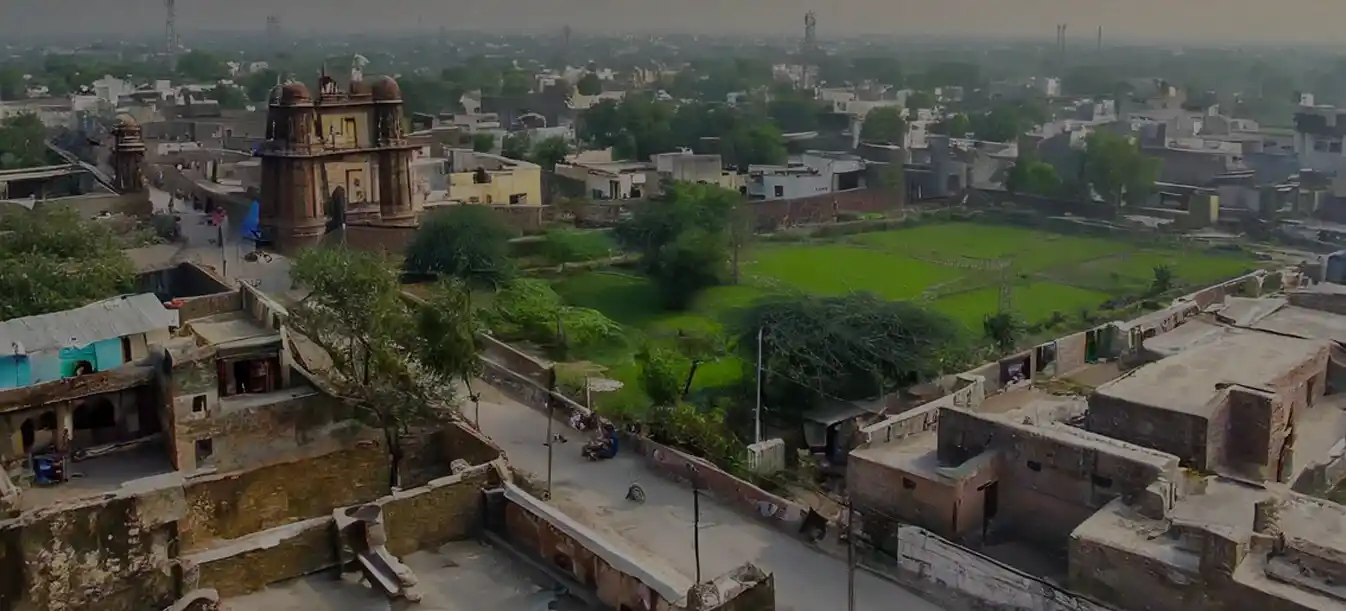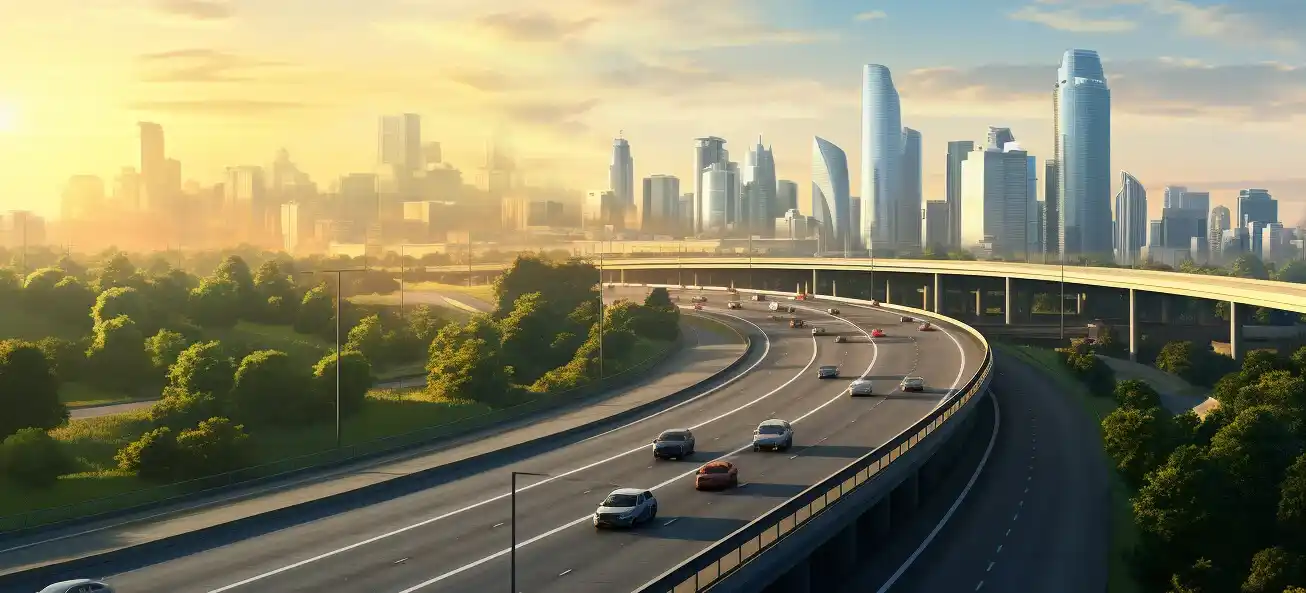
Before it was Dwarka
A walk down the memory lane...
History of Dwarka
What used to be Loharheri, the city of ironsmiths during the Lodhi Sultanate and later the stronghold of King Dahji of Dahiyas, has travelled through history as PappanKalan, till it was renamed Dwarka in the 2000s by DDA. Though the modern history of Dwarka began with the development plan of DDA in 1990 to develop it as a sub-city of Delhi, to accommodate the increasing population of incoming migrants. DDA in their master plan of 1990 laid the foundations for the development of Dwarka by integrating Dwarka as a member of three sub-cities comprising Dwarka, Rohini, and Narela, which was projected to house 39 lakh people by 2021.

DDA Vision of Dwarka
From laying down the initial plans to its execution, DDA set out to envision a new Dwarka...
DDA laying down the foundations of the city...
For its development, DDA acquired 5000 acres of land from 11 neighbouring villages and outlined the development of 29 sectors, which were to acquire more than 30, 000 residents. After allocating 352 plots to various housing societies and planning developments on 52 housing pockets of its own, the foundation stones for Transforming Dwarka were laid down. Dwarka was planned to have a district centre which would serve as the hotspot of many-faceted activities of the community, and would serve as a major shopping centre and also the hub of socio-cultural activity. It was also planned to have a district court on 3 hectares. Dwarka was also to have a wholesale market for cereals and vegetables.

Connectivity of Dwarka
On the fast lanes of progress!
Vision for Dwarka to develop it into the nucleus of vast connectivity web
Dwarka through NH-8 was also to be one of the centres for the development of the Integrated Freight Complex for the movement of goods. Train Terminal at Dwarka and Bus terminals at Bijwasan in Dwarka further helped its modern development. Water and Sewage treatment plants to support the city were also demarcated. All these gradual and major developments led to the thriving hub that is Dwarka today.